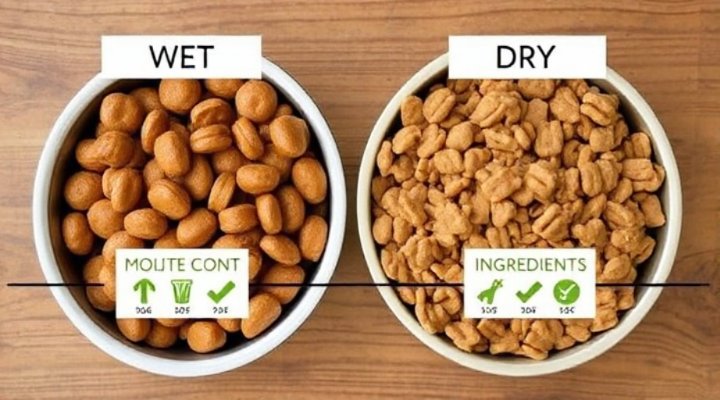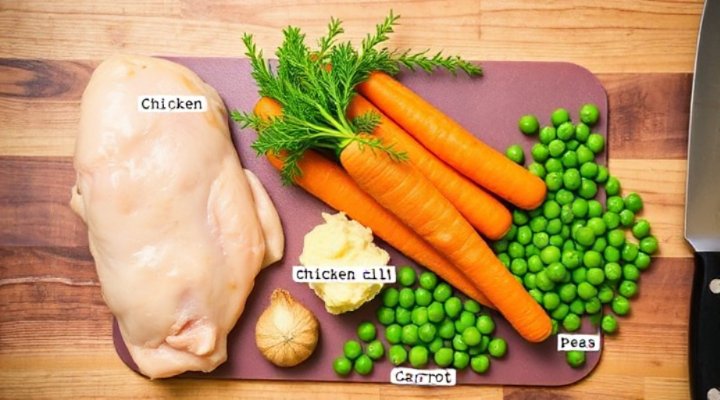When it comes to choosing the best food for your dog, the options can be overwhelming. However, wet dog food benefits are hard to ignore. For starters, it’s packed with moisture, which is crucial for keeping your dog hydrated. Unlike dry kibble, which contains only about 10% water, wet food typically has around 70-80% moisture content. This is especially beneficial for dogs who don’t drink enough water on their own.

Another significant advantage of wet dog food is its palatability. Many dogs find wet food more appealing due to its texture and aroma. This can be a game-changer for picky eaters or older dogs with diminished senses. For example, my neighbor’s senior Labrador, Max, refused to eat his dry kibble but devoured wet food with enthusiasm. It’s not just about taste; the softer texture is easier on older dogs’ teeth and gums.
Nutritional Advantages of Wet Dog Food
Wet dog food often contains higher-quality proteins and fewer carbohydrates compared to dry kibble. This makes it an excellent choice for dogs with specific dietary needs, such as those with allergies or sensitive stomachs. In fact, a study by the American Veterinary Medical Association found that wet food can be easier to digest for some dogs.

Moreover, the cooking process of wet food preserves more nutrients than the high-heat extrusion used for dry kibble. This means your dog gets more vitamins and minerals from each serving. If you’re considering switching to wet food, our article on Wet Dog Food vs Dry Dog Food provides a detailed comparison to help you make an informed decision.
Hydration and Health Benefits
Proper hydration is vital for your dog’s health, and wet food can significantly contribute to their daily water intake. This is particularly important for dogs prone to urinary tract issues or kidney problems. The extra moisture helps flush out toxins and supports overall kidney function.

Additionally, wet food’s high moisture content can aid in weight management. It tends to be more filling with fewer calories, helping your dog feel satisfied without overeating. For dogs with weight issues, combining wet food with regular exercise can be an effective strategy. Check out our guide on Best Dog Food for Allergies for more tips on managing your pet’s diet.
Choosing the Right Wet Dog Food
Not all wet dog foods are created equal. Look for options with real meat as the first ingredient and avoid those with excessive fillers or artificial preservatives. Reading the label is crucial to ensure you’re providing the best nutrition for your pet.

For dogs with specific health concerns, such as sensitive stomachs, you might want to explore specialized formulas. Our review of Natural Balance Dog Food for Sensitive Stomachs offers insights into one such option. Remember, consulting with your veterinarian is always recommended when making significant changes to your dog’s diet.
Transitioning to Wet Food
If you’re switching from dry to wet food, do it gradually to avoid digestive upset. Start by mixing a small amount of wet food with their current kibble, gradually increasing the proportion over a week or two. This slow transition allows your dog’s digestive system to adjust.
In conclusion, the wet dog food benefits are numerous, from improved hydration to better nutrient absorption. While it might be more expensive than dry kibble, the health advantages can make it a worthwhile investment for your pet’s well-being. Whether you choose to feed wet food exclusively or combine it with dry kibble, your dog is sure to appreciate the tasty change.
Related Keywords: wet dog food, dog food benefits, best dog food, wet vs dry dog food, dog nutrition
